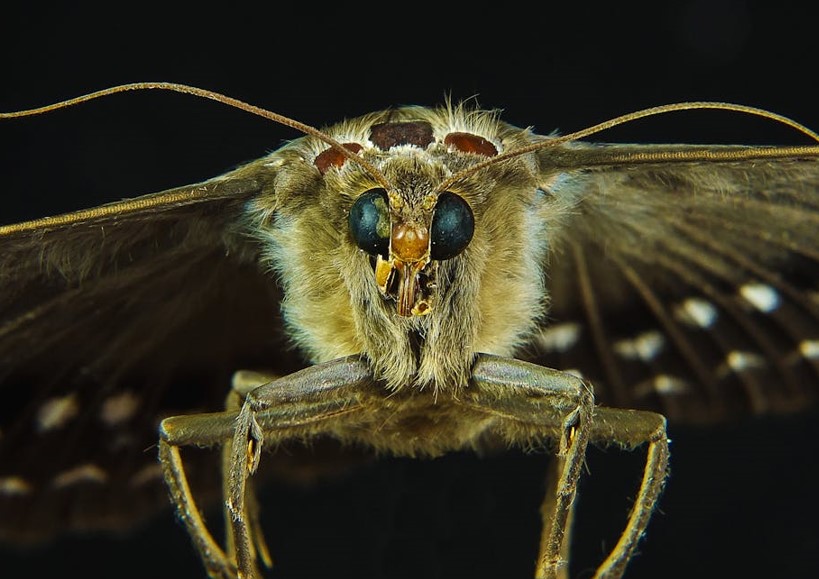A massive moth invasion is currently affecting large parts of southeastern and eastern Spain, including the Autonomous Community of Madrid. Millions of giant moths are entering homes, causing distress among residents overwhelmed by the sheer number of insects. Regions like Murcia, Albacete, Valencia, Castellón, and Cuenca, as well as major cities such as Madrid and Barcelona, are grappling with this phenomenon.
Moth Invasion in Spain: What’s Behind It?
While the size and abundance of these moths are striking, experts clarify that it’s not a plague in the strict sense. Instead, it’s a cyclical natural phenomenon intensified this year by specific weather conditions. An unusually wet spring with ample rainfall, followed by warm air masses from North Africa, has favored the massive influx of these insects.
Harmless But Annoying: When Moths Disrupt Sleep
These nocturnal moths seek refuge indoors, often found in kitchens, living rooms, or even closets. Their activity typically begins during resting hours, which can lead to disturbed sleep and general discomfort. The insects originate from North Africa, where they breed, and then migrate northwards due to rising temperatures, making a stop on the Iberian Peninsula.
No Danger to Humans or Health
Experts reassure the public that these moths pose no health risk, as they neither bite nor transmit diseases. They also do not feed on fabrics, with the sole exception of the common clothes moth. Scientific findings indicate that moths are not primarily attracted to light, but rather to odors. Volatile compounds released from fabrics, food, and cleaning products attract these insects, as they identify these aromas as potential food sources.
To naturally repel the unwelcome guests, aromatic plants like lavender, mint, or bay laurel can be used, as these are unpleasant for most moth species and offer an alternative to insecticides. Generally, the presence of these winged visitors lasts only a few days.




